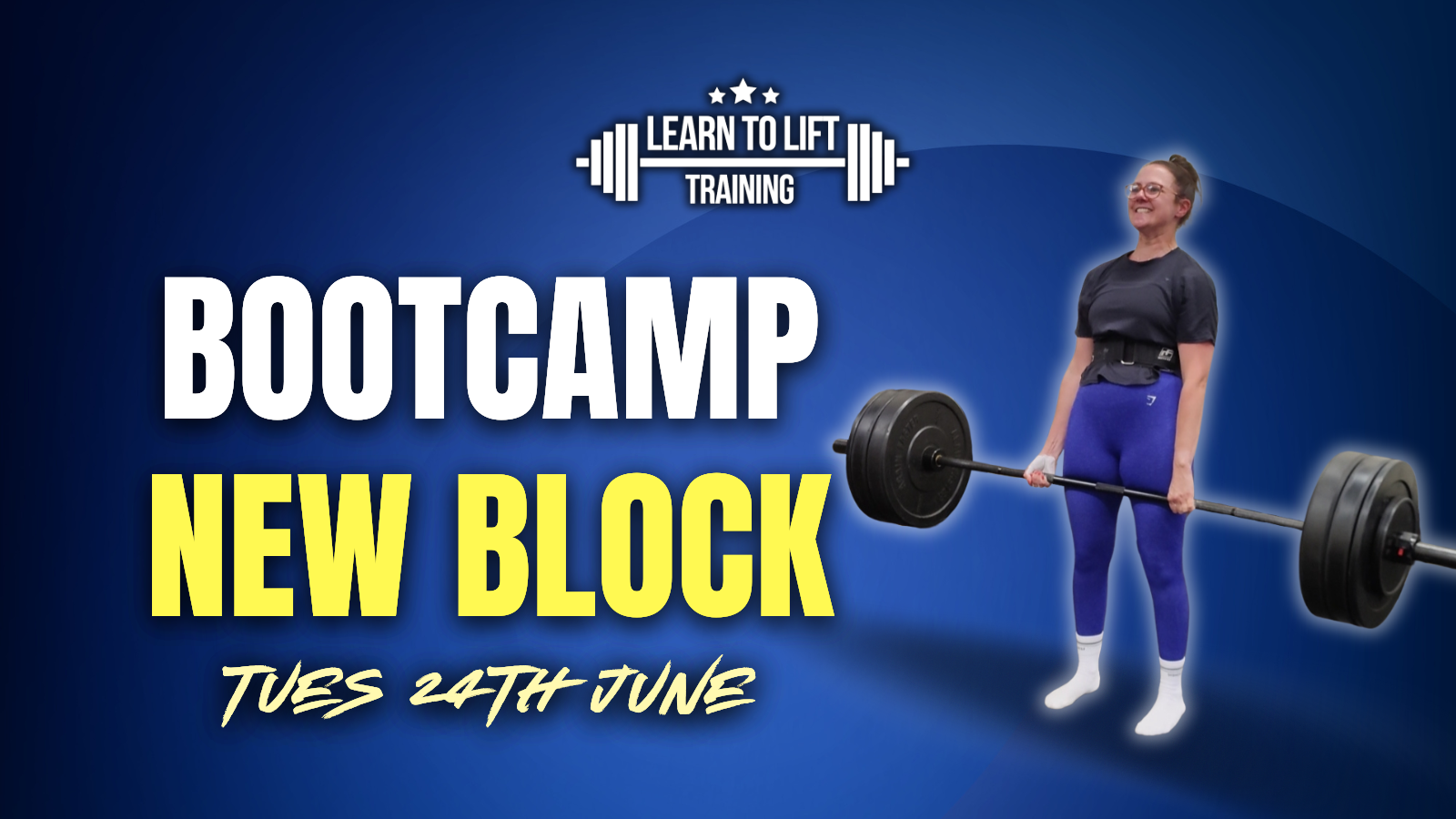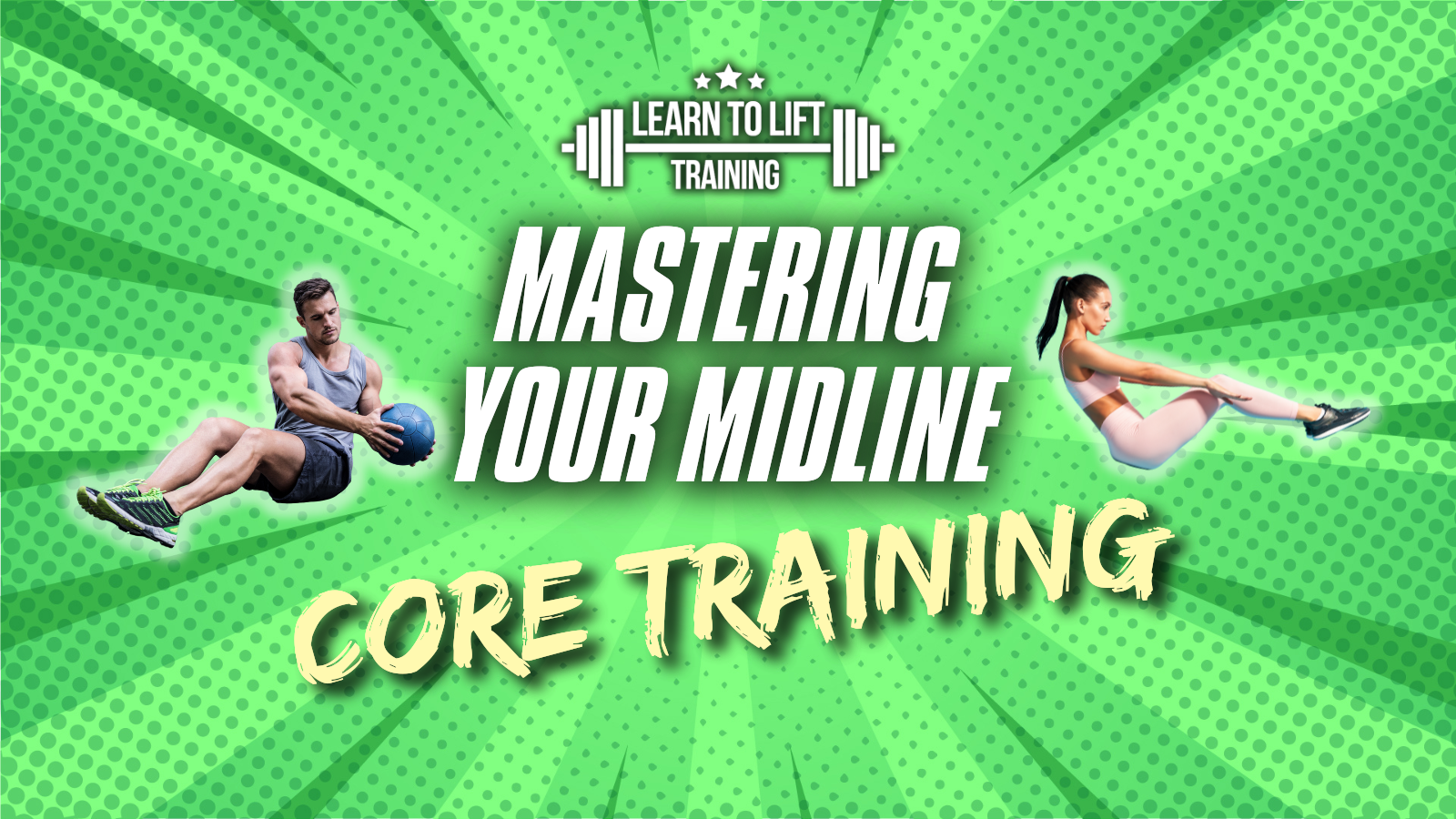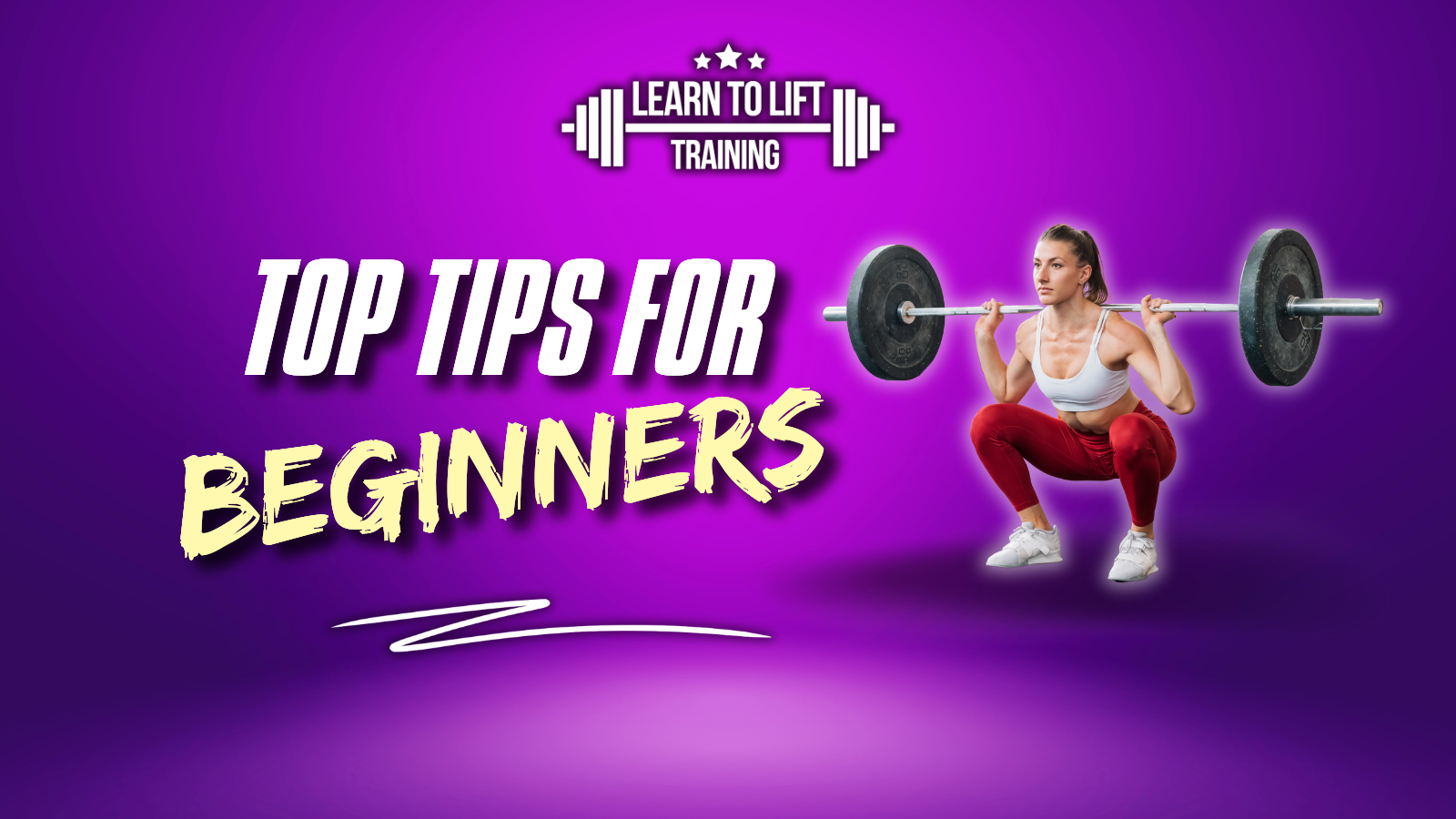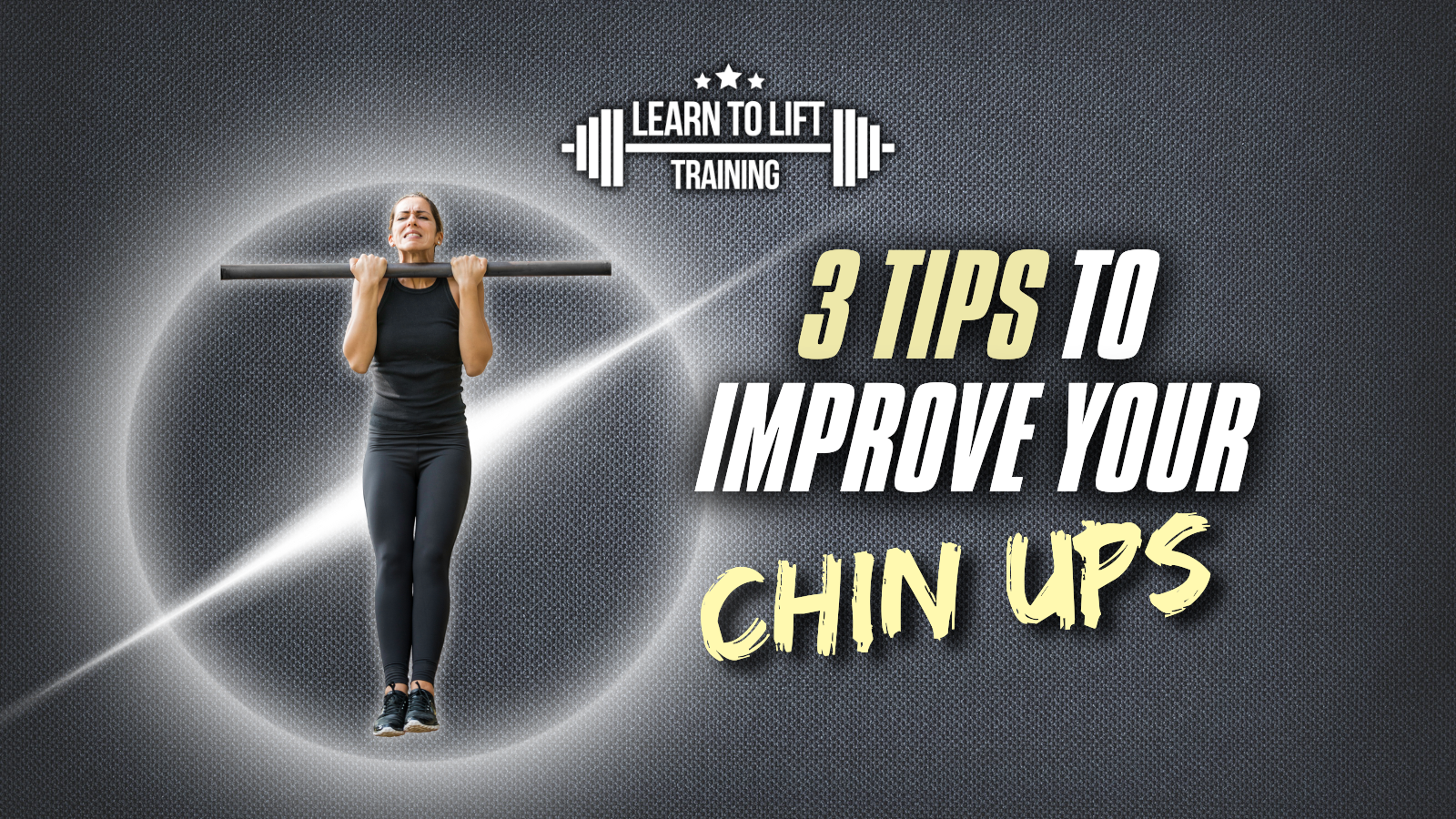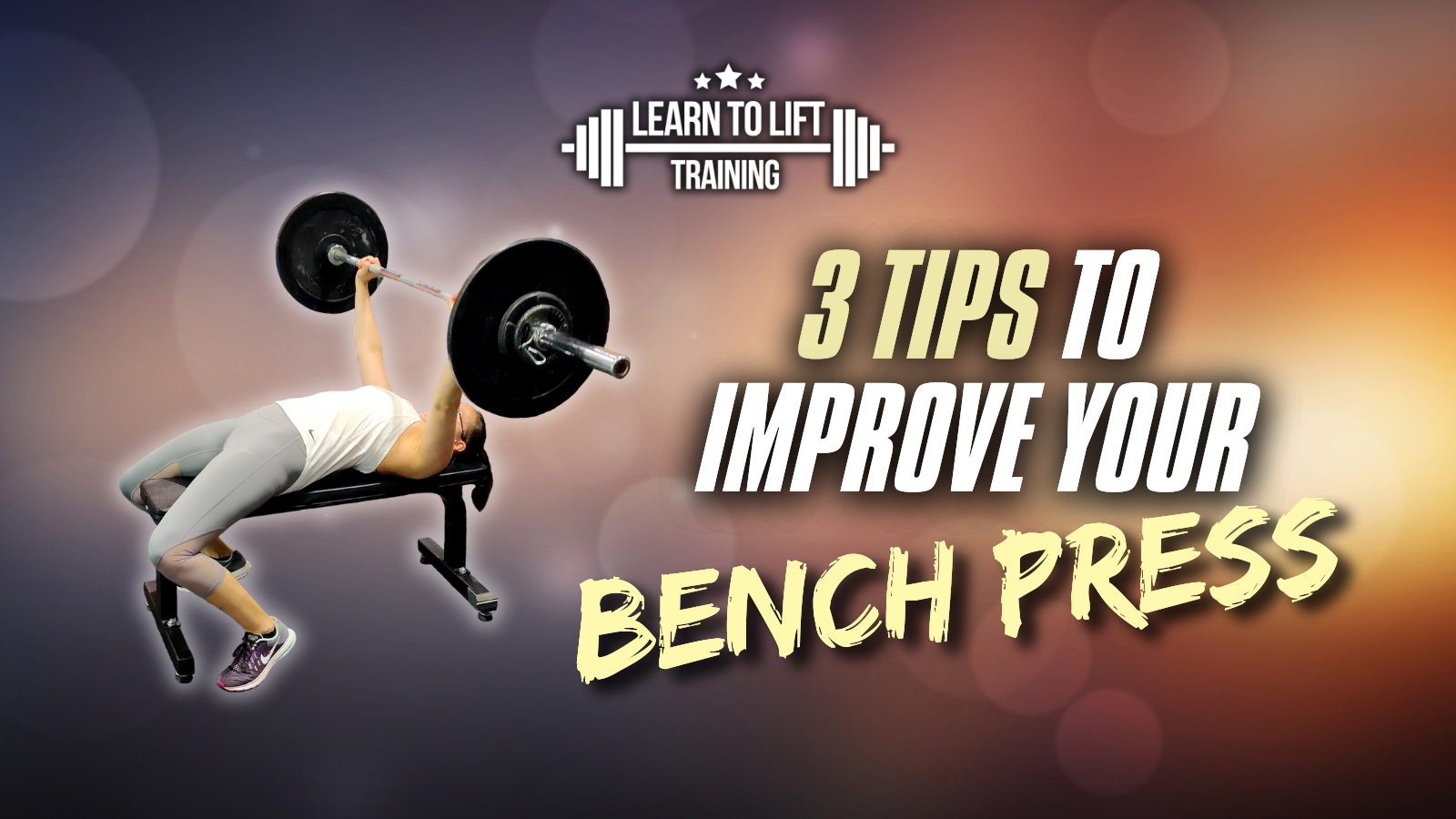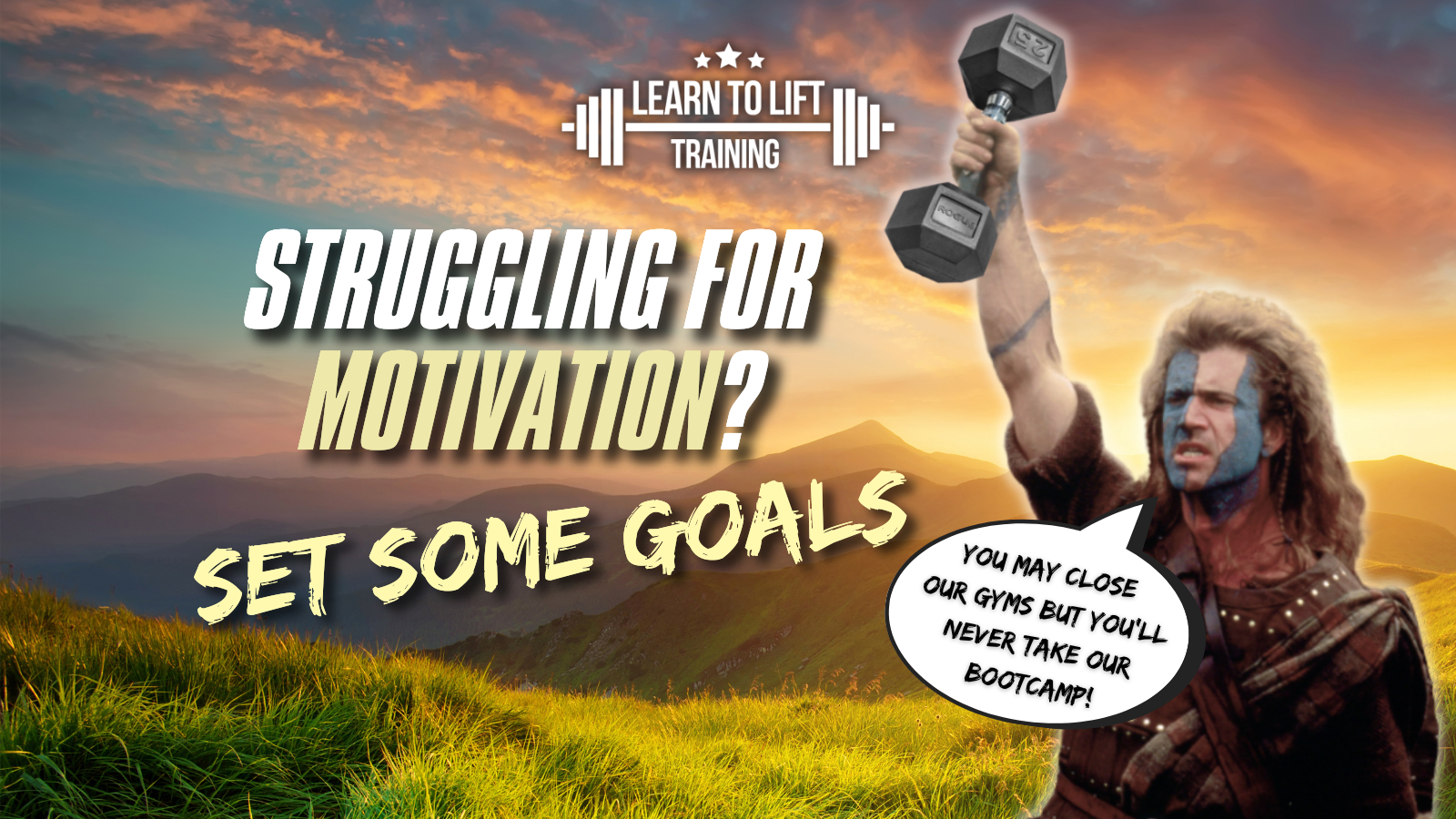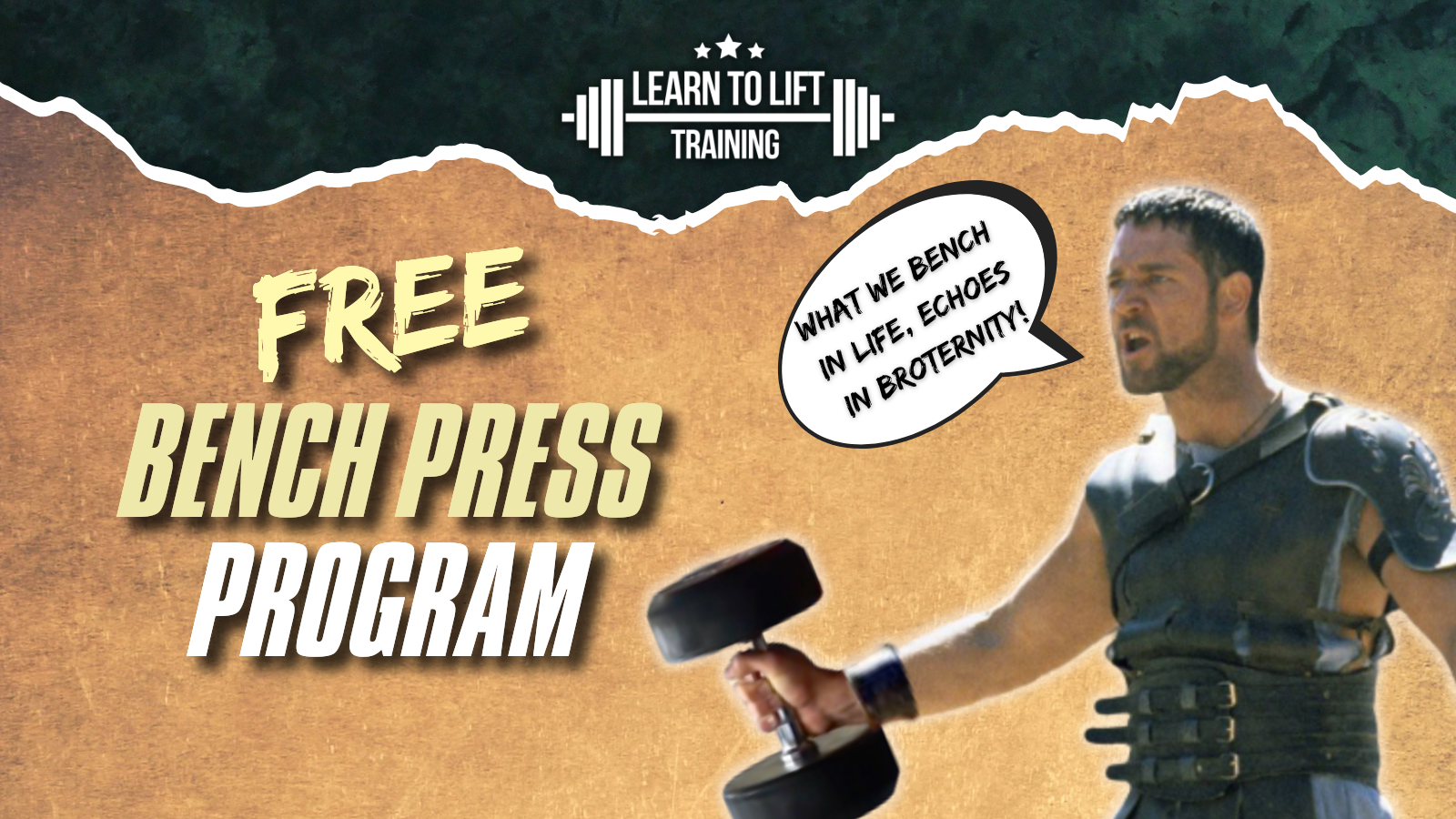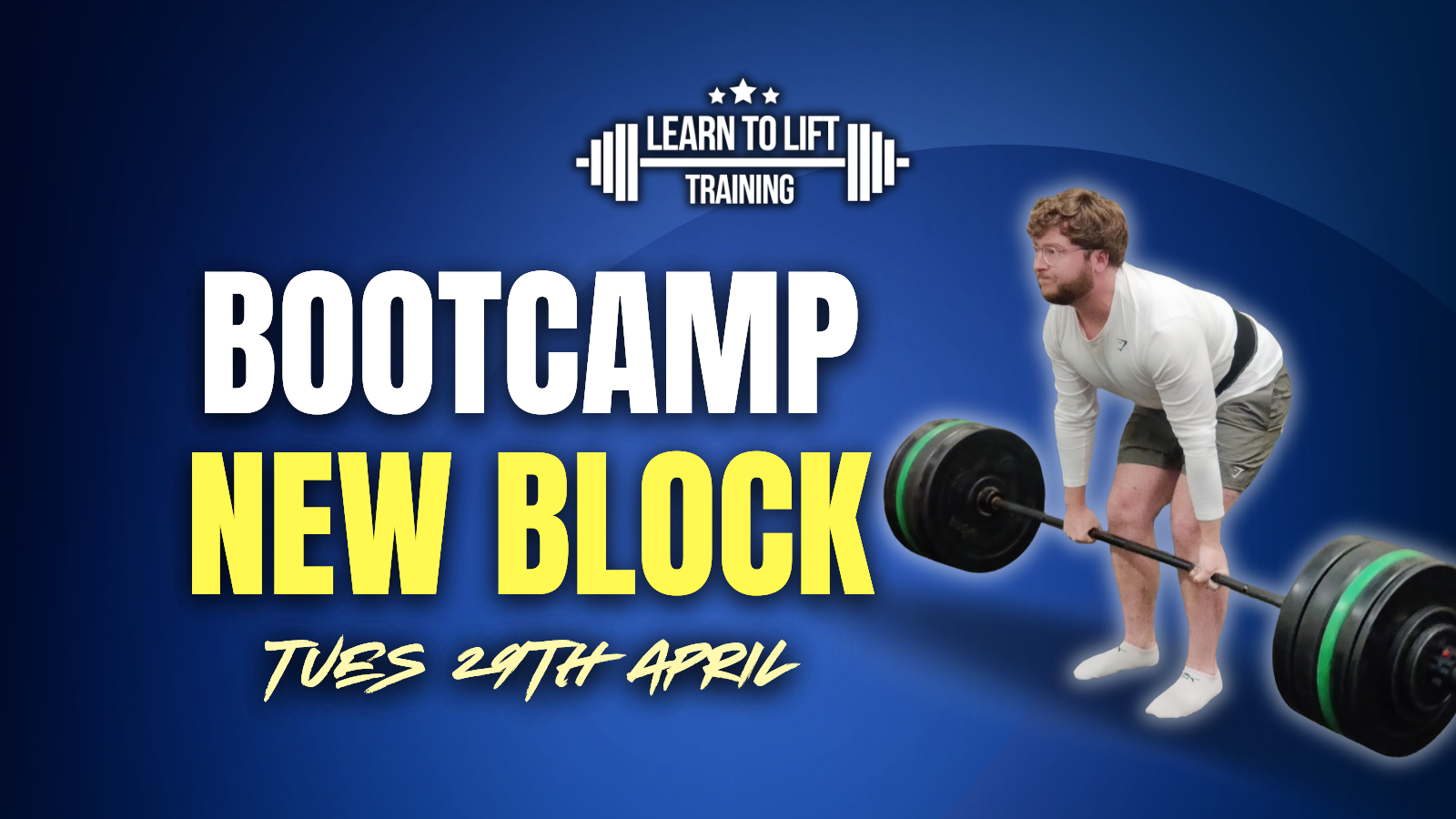Improve Your Squat: 3 Expert Tips from a Glasgow Personal Trainer
Improve Your Squat: 3 Expert Tips from a Glasgow Personal Trainer
The squat is often called the king of exercises—and for good reason. When done right, it builds strength, boosts mobility, and transforms your physique like few other movements can. But it’s also one of the most misunderstood and poorly executed lifts out there. Whether you’re training solo or working with a Glasgow personal trainer, mastering the squat can take your fitness to new heights.
At Learn To Lift Training, we’ve helped countless clients in Glasgow perfect their squats through personalised coaching.
Here are three essential tips—plus a bonus—to improve your squat, get stronger, and make the most of this key exercise.

1. Learn Proper Squat Technique
On the surface, squatting looks simple: you sit down and stand back up with a barbell on your shoulders. But the devil’s in the details. Proper technique is the foundation of a great squat, and small adjustments can mean the difference between a mediocre lift and a personal best.
Start with your setup: position the bar securely on your traps (for high-bar squats) or rear delts (for low-bar), keep your feet shoulder-width apart, and point your toes slightly outward. Brace your core like you’re about to take a punch, then as you descend, push your knees out in line with your feet, keep your chest up and your eyes forward. These cues ensure your spine stays neutral and your power stays consistent.
Aim to hit a depth below parallel, where the crease of your hip is lower than the top of your knees, then aggressively drive back up whilst focusing on leading with your chest. This keeps your chest and hips rising at the same rate and ultimately helps you keep a strong position to push through and finish the lift.
Not sure if you’re nailing it? Our guide, The Anatomy of a Good Squat, breaks it down step-by-step. As Glasgow personal trainers, we’ve seen clients transform their lifts—and avoid injury—by focusing on form first.
If you’re in Glasgow and struggling with technique, a session with us could be the game-changer you need.
2. Boost Your Hip and Ankle Mobility
A full squat—where the crease of your hip drops below your knee—unlocks massive benefits: stronger glutes, healthier joints, and better athleticism. But tight hips or stiff ankles can stop you dead in your tracks, forcing you into a shallow, inefficient squat.
Mobility isn’t glamorous, but it’s a squat superpower. Spend 10–15 minutes a day on hip openers like the pigeon stretch or ankle drills like calf stretches against a wall. Before squatting, try dynamic warm-ups—think bodyweight squats with a pause at the bottom or ankle rocks—to loosen up. Over time, you’ll sink deeper without compromising form.
Need inspiration? Our previos Instagram post (check it here) shares mobility drills we use with clients. As Glasgow personal trainers, we’ve helped everyone from beginners to seasoned lifters overcome mobility blocks, proving it’s never too late to improve. Add these to your routine, and watch your squat depth soar.
3. Invest in a Pair of Lifting Shoes
If you’re squatting in running shoes, you’re selling yourself short. Lifting shoes are a secret weapon for two big reasons:
- Better Ankle Mobility: The elevated heel (usually 0.5–1 inch) boosts dorsiflexion, letting you sit deeper into the squat without your heels lifting or knees caving.
- Unmatched Stability: With a flat, solid sole, lifting shoes create a rock-steady base. Compare that to running shoes, with their squishy cushioning designed to absorb impact—not transfer force. That softness can wobble your stance and sap your strength.
We’ve seen clients at our Glasgow Bootcamps go from shaky, unstable squats to confident lifts after switching to lifting shoes. Brands like Reebok Legacy Lifters, Adidas Powerlifts or Nike Romaleos are a great investment if you’re serious about your training. Pair them with coaching from a Glasgow personal trainer, and you’ve got a recipe for squat success.
Bonus Tip: Strengthen Your Core for a Rock-Solid Squat
A strong squat isn’t just about your legs—it’s about your core, too. Your midsection acts like a natural weight belt, stabilizing your spine under load. A weak core can lead to a rounded back or shaky descent, killing your form and power.
Add planks (hold for 30–60 seconds), dead bugs, or ab wheel rollouts to your routine 2–3 times a week. These moves build the deep core strength that keeps you upright during heavy squats. We often see our Glasgow clients, in particular beginners who couldn’t squat past parallel, add in additional core work and hit a full-depth squats 20 to 40 kg heavier in as little as three months. Small effort, massive payoff.
Have a look below to see some of the excellent squats on display in the gym recently.
Take Your Squat to the Next Level
These tips—technique, mobility, footwear, and core strength—are simple but powerful. Put them into practice, and you’ll squat stronger, safer, and with more confidence. At Learn To Lift Training, we live and breathe this stuff. Our personal training in Glasgow and Glasgow Bootcamps are built around helping you master lifts like the squat with hands-on guidance from expert Glasgow personal trainers.
Got squat goals? Whether you’re aiming for your first bodyweight squat or a new PB, we’d love to help. Drop us a message or join one of our sessions to see the difference personalised coaching can make.
Happy squatting, team!

